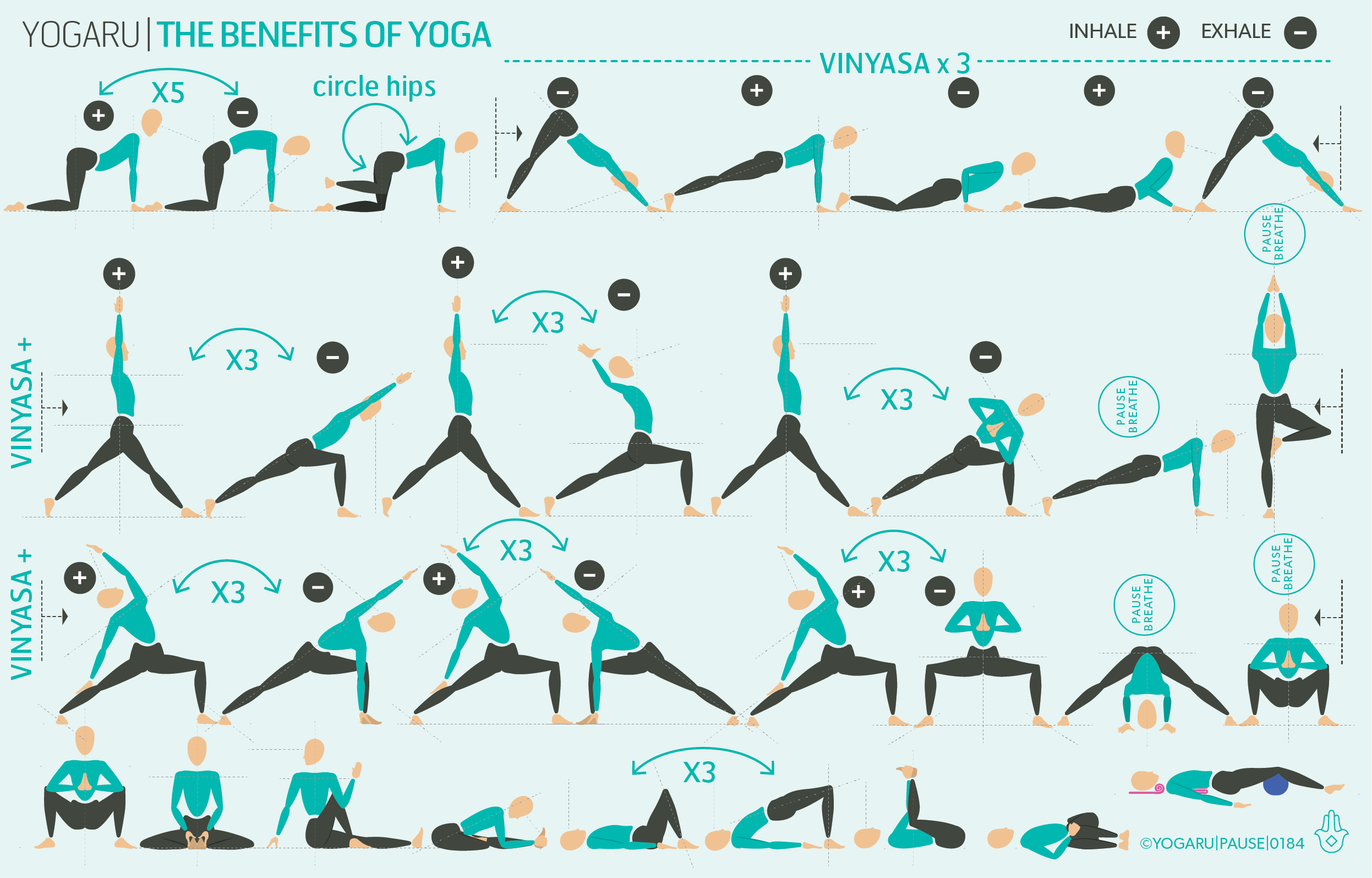THE CONDUCTOR
The nervous system is the body's communication and control system. It is the most complex system and is responsible for all bodily functions and reactions to internal and external stimuli. It is the brilliant conductor that harmoises the symphony of the body into homeostasis. The nervous system is divided into two paths – the central nervous system (CNS) and the peripheral nervous system (PSNY). The central nervous system is made up of the brain and the spinal cord – it is the control centre of the nervous system. The peripheral nervous system is made up of 12 pairs of cranial nerves and 31 pairs of spinal nerves – it carries information to and from the brain to all the systems of the body. There are two nerve pathways – sensory and motor neurons. The sensory neurons send information from the nerve receptors to the CNS, while the motor neurons send information from the CNS to muscles and glands. The motor division is divided into the somatic nervous system (SoNS) and the autonomic nervous system (ANS). The somatic nervous system controls voluntary movements, like lifting your arm or walking. The autonomic nervous system controls involuntary functions that happen without us having to think about them, like breathing or digestion.
THE AUTONOMIC NERVOUS SYSTEM
The ANS manages daily activity and responds to situations. It is divided into the sympathetic nervous system (SNS), ‘fight or flight’ response, and the parasympathetic nervous system (PNS), ‘rest and restore’ response. Both actions start with sensory signals sending information to the brain. The brain accesses this information and, based on past experiences, decides if the SNS, the PNS or a combination of both are required. When the SNS is active, motor neurons travel to the muscles and glands and increase heart rate and blood pressure, open our airways, inhibit digestion and reproductive organs, stimulate adrenaline production, open our sweat glands and contract the muscles. When the PNS is active motor neurons travel to the muscles and glands and reduce heart rate and blood pressure, relax our airways, stimulate digestion and reproductive organs, inhibit adrenaline production and relax the muscles.
Although the SNS is connected to stress it is also responsible for muscle activation and everyday movement. The two systems do not work in isolation, they work together to keep all the systems of the body active and relaxed when optimally needed. Problems arise when we lean more into one than the other and the nervous system can’t adapt. Yoga helps us build a malleable nervous system that can move smoothly from doing to non-doing and appreciate the value of both.
EXPLORING THE NERVOUS SYSTEM IN YOUR PRACTICE
This sequence is built using the framework of my Move & restore method. It starts with a movement practice with simple purposeful flows to build energy, strengthen your muscles and activate the SNS. Then brings you into a replenishing restorative practice to restore energy, relax your muscles and activate the PNS. Transitioning you from ‘doing’ to ‘non-doing’, building healthy symbiotic pathways for your nervous system and creating an optimum environment for all the functions of the body. As mentioned above, it is not as simple as switching on and off the SNS and PNS responses. Within the movement part of the practice the SNS and the PNS are both activated. The effort of standing upright against gravity stimulates the SNS which contracts the muscle, while at the same time the breath and meditative flow stimulates the PNS which relaxes and calms the mind. Alternatively, within the restorative part of the practice we are purely targeting the PNS, which is what makes restorative yoga uniquely nurturing and replenishing. You can learn more about how this works in my recent article on The vagus nerve; what makes yoga calming in Finding calm; the move & restore method in Move & restore; and restorative yoga in Restorative yoga, Restorative with home props, Restorative sleepy flow, Restorative for stress relief & Rest & renew restorative.
ALIGNMENT CUES
Below are the restorative techniques used in this sequence. The props you’ll need are:
1 x bolster - or 2 towels, wrapped around a horizontally rolled pillow and tied to secure.
2 x yoga bricks - or 2 two thick similar sized dictionaries.
2 x yoga blankets - or any wool, thick cotton or fleece blanket with density.
No.1 - Supported bridge
Lie supine on your back, lift your hips up and place a bolster horizontally under your hips. Settle your hips down onto the support of the bolster. Knees bent, feet hip distance apart. Arms extended either side of the body, palms facing up. Feel a gentle opening in the front of the hips and across the chest.
No.2 - Prone twist
Place your bolster vertically along the top centre of your mat. Sit with your right hip along the short end of the bolster. Place a folded blanket between your knees. Turn to face your bolster and place your hands on the ground either side. With an inhale lengthen through the whole spine and on an exhale gently place your front spine along the centre of the bolster. Place your right cheek on the bolster. Shift your elbows away slightly from the bolster to allow the arms to gently hang out of the shoulder sockets. Feel the gentle twist in the spine and abdominal region. Repeat on the left side.
No.3 - Reclined seated
Place two bricks horizontally at the top of your mat, One at its highest height and the other at its mid height. Lie your bolster over the bricks along the centre of your mat and place a folded blanket on the far end of your bolster where your head will rest. Sit with the back of your hips along the short end of the bolster. Roll up a folded blanket and place it under your knees. Gently lie back onto your bolster. Feel a gentle opening across the chest.
No.4 - Savasana
End your practice with at least 10 minutes of Savasana or Resting Pose. Lie supine on your back, legs stretched out, arms slightly away from your body, palms facing up. Legs slightly apart, feet fall out to the sides, soften your shoulder, back of the neck long. Gently close your eyes, let the body become heavy and melt into the support of the ground. Soften the muscles across your forehead, releasing all tension, gaze inwards. Let all the muscles and bones of your body release.
To save the images for personal use click and hold down the image until the ‘save image’ option appears; on Mac hold down ‘control’ and click the image to get the option box; on PC right click on the image to get the option box. Scroll down in the ‘option box’ and click ‘save image’.
Ruth Delahunty Yogaru





